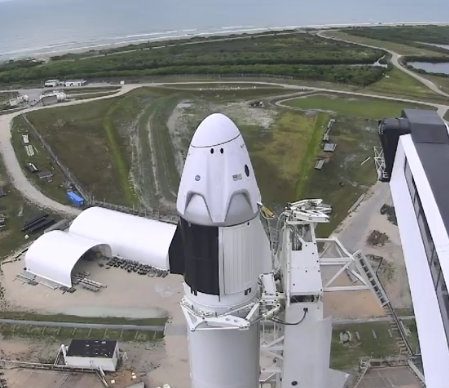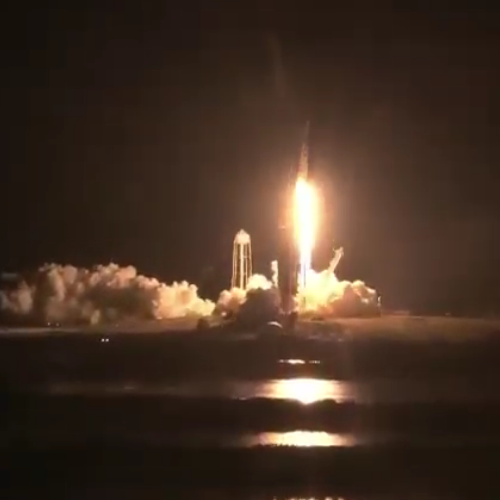Relativity raising $500 million in new search for investment capital
Capitalism in space: The new rocket company Relativity Space is in the process of raising another $500 million in new investment capital.
The new fundraise, expected to close in the coming days, would jump Relativity’s valuation to $2.3 billion, those people said. In addition to Tiger Global, Fidelity is also joining the round as a new Relativity investor. Existing investors in Relativity are also expected to be contributing — those include Social Capital, Playground Global, Y Combinator, Bond Capital, Tribe Capital, Jared Leto and Mark Cuban.
Tiger Global, the investment firm founded by Chase Coleman, has more than $43 billion in assets under management.
This new funding will supplement the almost $200 million Relativity raised previously.
The company has successfully completed engine tests, and plans its first orbital test launch of its Terran-1 rocket next year.
Capitalism in space: The new rocket company Relativity Space is in the process of raising another $500 million in new investment capital.
The new fundraise, expected to close in the coming days, would jump Relativity’s valuation to $2.3 billion, those people said. In addition to Tiger Global, Fidelity is also joining the round as a new Relativity investor. Existing investors in Relativity are also expected to be contributing — those include Social Capital, Playground Global, Y Combinator, Bond Capital, Tribe Capital, Jared Leto and Mark Cuban.
Tiger Global, the investment firm founded by Chase Coleman, has more than $43 billion in assets under management.
This new funding will supplement the almost $200 million Relativity raised previously.
The company has successfully completed engine tests, and plans its first orbital test launch of its Terran-1 rocket next year.





